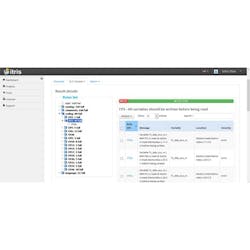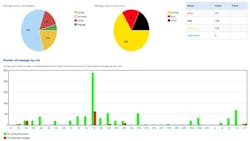PLC Checker supports PLCopen coding guidelines
In April 2016, PLCopen released a set of coding guidelines to promote and share good programming practices for PLCs across all industries. Itris Automation has integrated these coding guidelines into PLC Checker, an automatic static analysis tool, allowing users to quickly verify that their program respects PLCopen’s guidelines.
According to Itris Automation, the French software engineering company decided to integrate the PLCopen coding guidelines into PLC Checker as they share PLCopen’s objective of improving the quality of PLC programs and promoting good practices. They believe the guidelines are a comprehensive reference standard and that they will be of great use to all their current and future users.
“The rules creation process was a lot of work, but it was interesting to see the different ideas that came from other members of the group and the end result," said Denis Chalon, chief technical officer at Itris Automation. Chalon participated in the creation of the PLCopen coding guidelines. “Having been part of the working group, integrating the guidelines into PLC Checker was the logical next step. The PLCopen guidelines have a lot of potential and we expect they will facilitate the wider adoption of best practices, including the use of static analysis tools.”


